As we enter harvest supper season and back to school routines, keeping cows out for as long as possible becomes increasingly appealing. Grazing in the autumn can be an efficient way to maximise milk from forage but is not without its challenges.
Planning your autumn pasture rotation and adopting on/off grazing where cows are rotated between pasture and housing can help maximise remaining forage resources at pasture allowing animals to maintain condition, health, and production throughout the autumn months. On/off grazing can help manage any flush of grass growth in late August/September whilst helping build up average farm cover to maximise growth over winter ready for grazing next spring.
On/off grazing can help manage changeable weather in the autumn which can prove challenging for cow cleanliness, nutrition, and pasture health. Autumn’s wet conditions can lead to soil compaction which damages pasture and reduces future grass growth. Managing cows in an on/off grazing system reduces the amount of time cows spend on pasture allowing grazed areas to recover and minimising soil compaction. Changeable autumn weather can result in poaching of pastures particularly around gateways and water troughs. Using different gateways for entering and exiting pastures can help minimise poaching and reduce the risk of lameness and udder health issues associated with wet, muddy conditions.
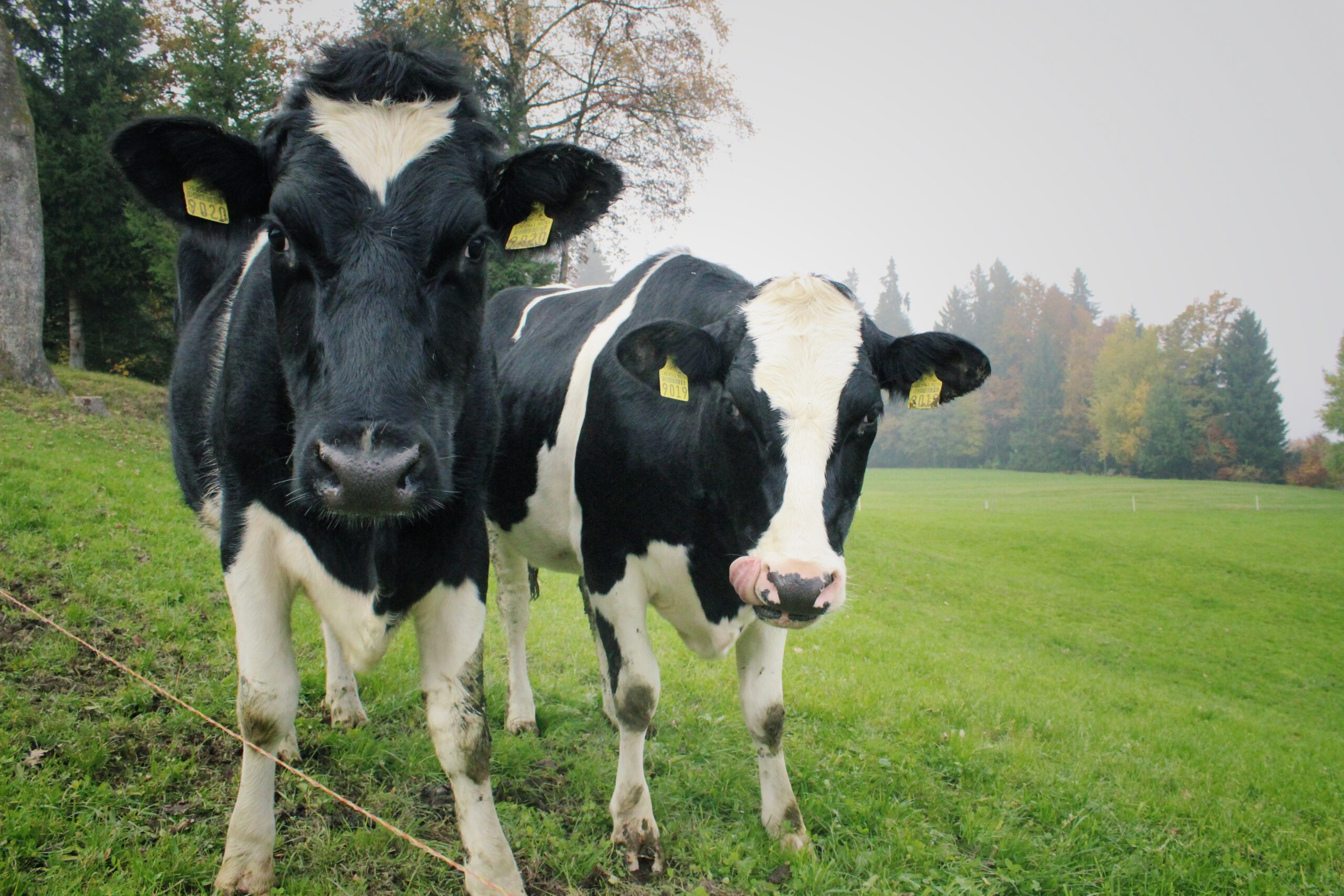
Declining grass quality can result in less nutritious autumn forage compared to summer forage requiring supplementation to achieve a balanced diet and maximise milk yield heading into housing. As grass supply reduces introduce silage/buffer ration gradually in combination with on/off grazing and transition the diet slowly to fully housed rations to reduce the risk of dietary upset. Fresh calved cows should be prioritised and housed as soon as grass quality starts to drop with late lactation and lower yielding cows being the last to be housed due to lower energy requirements.
Variable grass quality often leads to an increase in hypomagnesaemia or grass staggers during the autumn months. Despite the importance of magnesium to the body there is no specific mechanism for magnesium strorage in the body with absorption reliant on dietary intake. Affected cows can be seen separated from the group, twitching with a startled expression which progresses to frenzied paddling of limbs, sudden eye movements and seizure-like activity with frothy salivation. Administration of magnesium is required to correct deficiency with an urgent vet examination and treatment advised.
Work with your vet and nutritionist to ensure the total diet has sufficient magnesium to avoid issues.
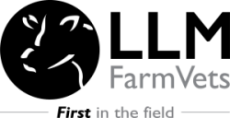
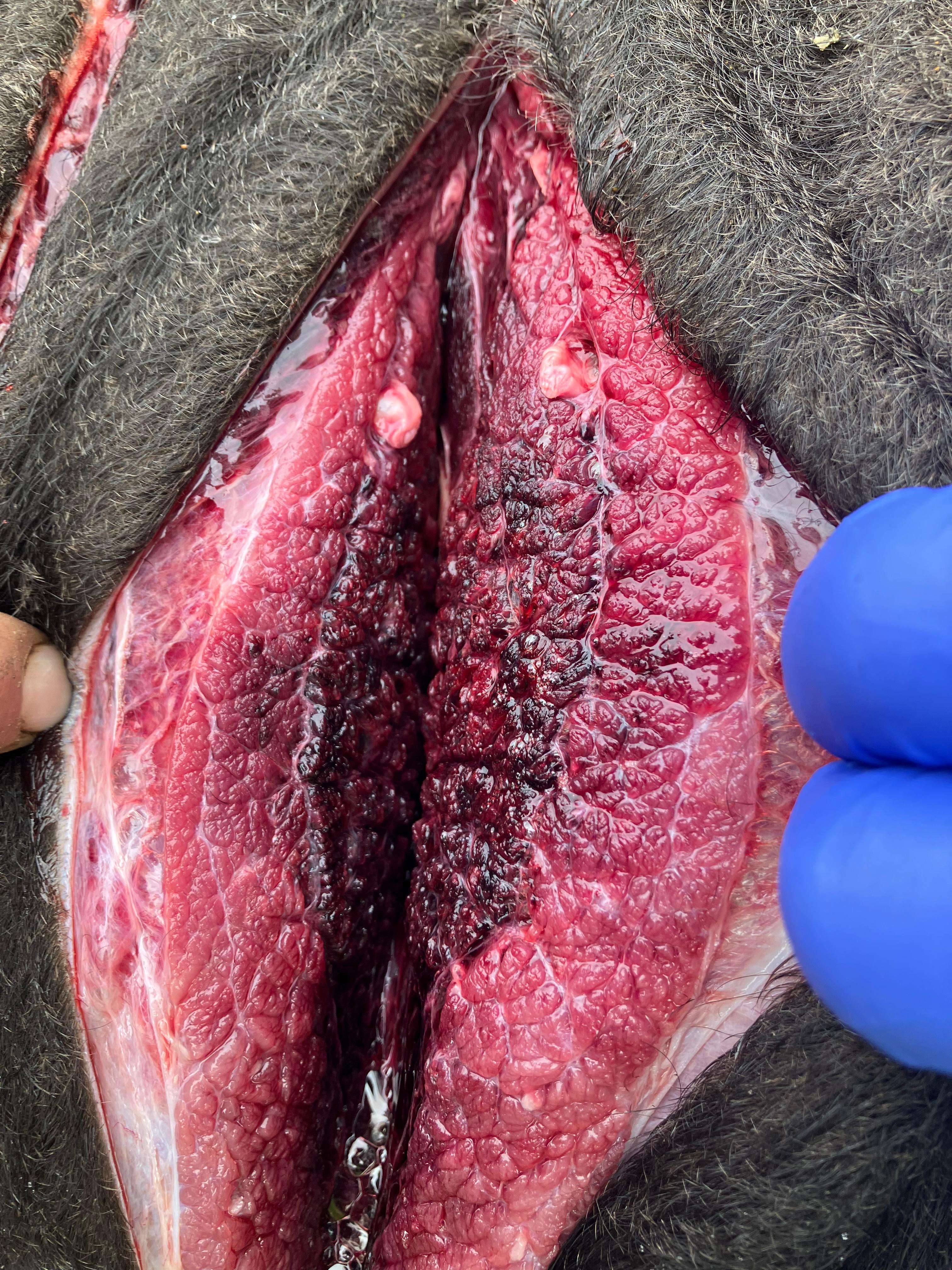

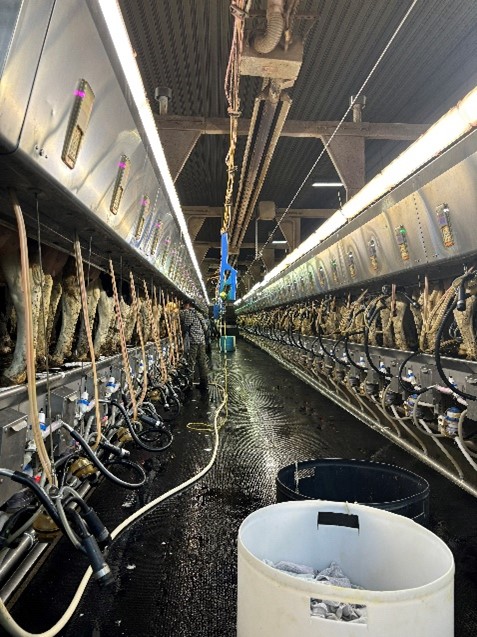
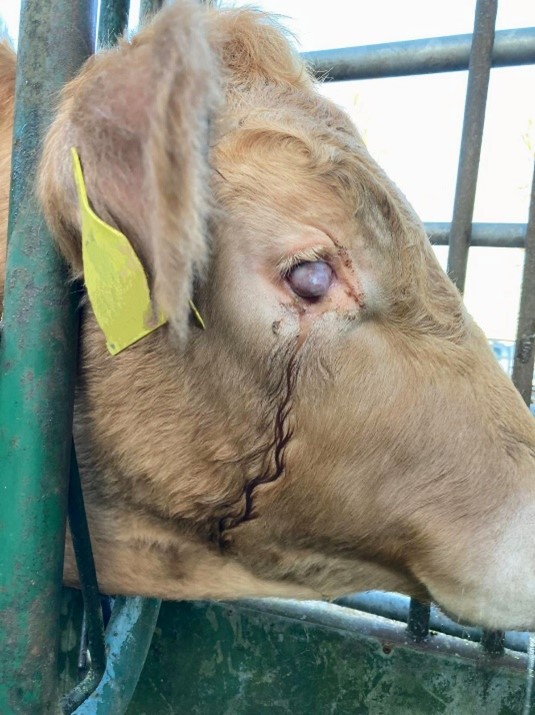
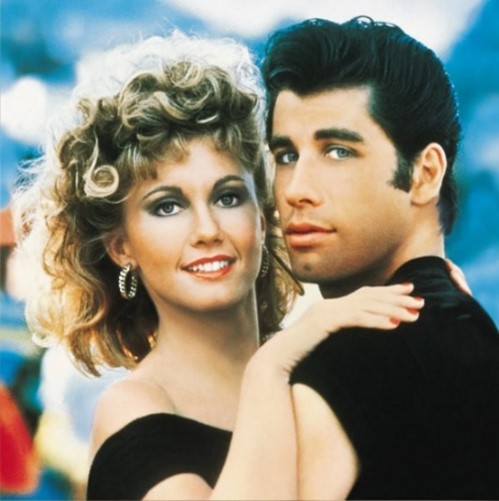
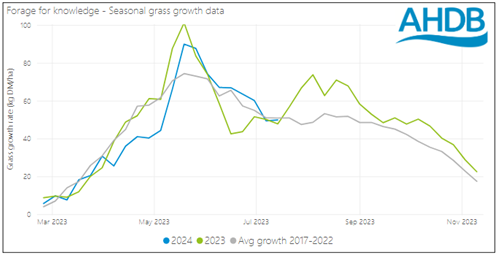
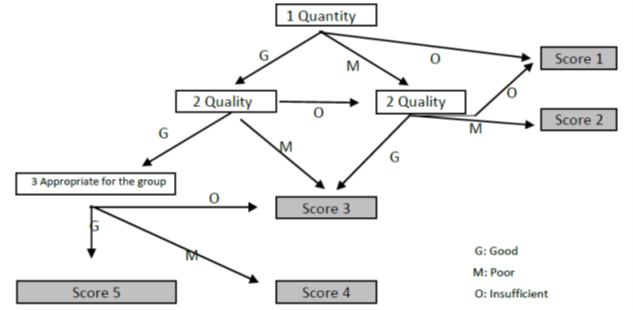

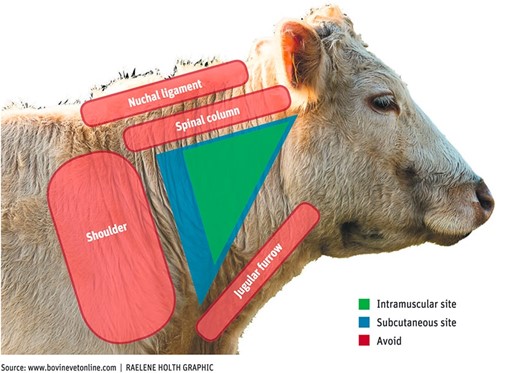

Leave A Comment